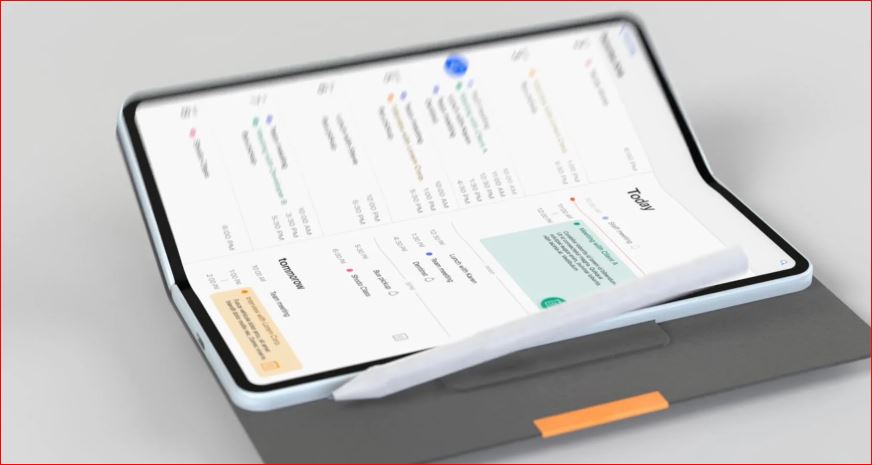The evolution of the mobile phone device has been a very fascinating thing to watch over the past few decades. They started out as really clunky; large devices that barely fit in a bag. Then as technology started to improve, so has the phone’s design. They started going at a more compact design, offering portability in exchange for having smaller and smaller screens.

With the improvements on both internet connectivity and video streaming, the design for your basic phone shifted. From small, compact forms, companies started making them bigger to accommodate a larger screen size. The past few years, the screen size has been the priority – even so far as removing bezels and other buttons to maximize the screen.
However, that is not enough.
Merging Tablets and Phones
The newest trend seems to be folding phones. This idea combines the portability of a smartphone with the screen size of a tablet is amazing – if pulled off correctly. With this combination, you can enjoy the large screen for videos, messaging, and internet browsing while still being able to carry it in your pocket. The most fundamental trade-off is the phone’s durability in exchange for a larger screen. That begs the question for potential buyers: is this exchange worth it?
The Pros:
- Larger screen size gives you better resolution
- Portable ‘smartphone mode’ makes it easy to carry in pockets or smaller bags
- Working with multiple programs is easier with a larger screen
The Cons:
- Issues with hinges and constant folding, decreasing overall durability
- Larger screen size means that the phone is more vulnerable to damage
- Incredibly expensive, with units’ starting price at $2000 (Samsung) and $2200 (Huawei)
Phones like Samsung’s Galaxy Fold, the Huawei Mate X Foldable Phone, and even Xiaomi’s newest models may soon have them. The trend is clear: folding phones are the future. Or is it?
